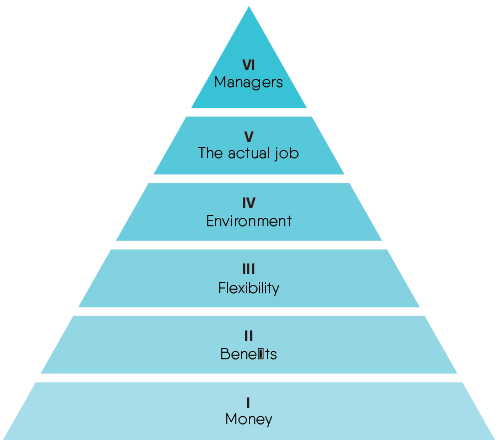Remember when it was super cool to go out and hire ex-college athletes into various roles in your company? Enterprise Rent-A-Car basically made their entire brand out of it! Pretty much every mortgage banking firm, sales office, etc. followed with the shared understanding that college athletes make great hires.
Why? It’s tough to go to school and fit in athletics. Athletes are normally self-motivated individuals who care about winning. Most are coachable. They actually like working in a ‘team’ environment.
Then came along gaming, and currently, Fortnite is the vain of every parent’s existence!
Don’t know what Fortnite is? Have you been living under a rock for the past year? Basically, Fortnite is a shooter game that has over 50 million active users. Originally it was designed where 100 people get dropped into a small online world all at the same time and you play until you’re the last one to survive. The world gets smaller and smaller every so many minutes, so that the games don’t take forever. The game forces you to move and fight. It’s super addicting. Just ask any parent with teens.
Fortnite found that the kids playing these games actually liked playing with friends so you could invite people you know to join you and try to kill each other. Then, it was duals and teams, where you get your friends together and play against other teams, or pairs. All the while the kids are all talking to each other on headsets, sometimes states and countries apart from each other.
Okay, if you don’t game, I get how all of this sounds ridiculous. The thing you’re missing is the interactions and strategy that takes place in the game.
If you stop for a few minutes and listen to these kids play, after you get through the language being used, you see real strategy and communication taking place. You see kids talking to each other, helping each other, sacrificing themselves for the good of the team, working through extreme time-sensitive decisions in the attempt to win.
Some of this stuff would make military generals super proud! But it would also make executives pretty impressed as well. Fortnite is getting kids to communicate who would previously never talk to anyone! Getting them to work together. Getting them to make tough decisions. Getting them to play 24 hours straight!
Find something you love to do and you’ll never work a day in your life. I’m not saying that Fortnite and shooter games are what you should love. I think it’s way beyond the ‘game’. The kids actually really like the communication, the strategy, and decision making that has ‘real’ implications in their current world.
We spend so many resources in our current work world to get our adults to learn how to interact well in teams. We have an entire generation entering the workforce in Gen Z, that are already demonstrating they have some pretty good skills in this area, and they didn’t even have to know how to throw a ball to show this skill set!

 Level I – Money – cash!
Level I – Money – cash!